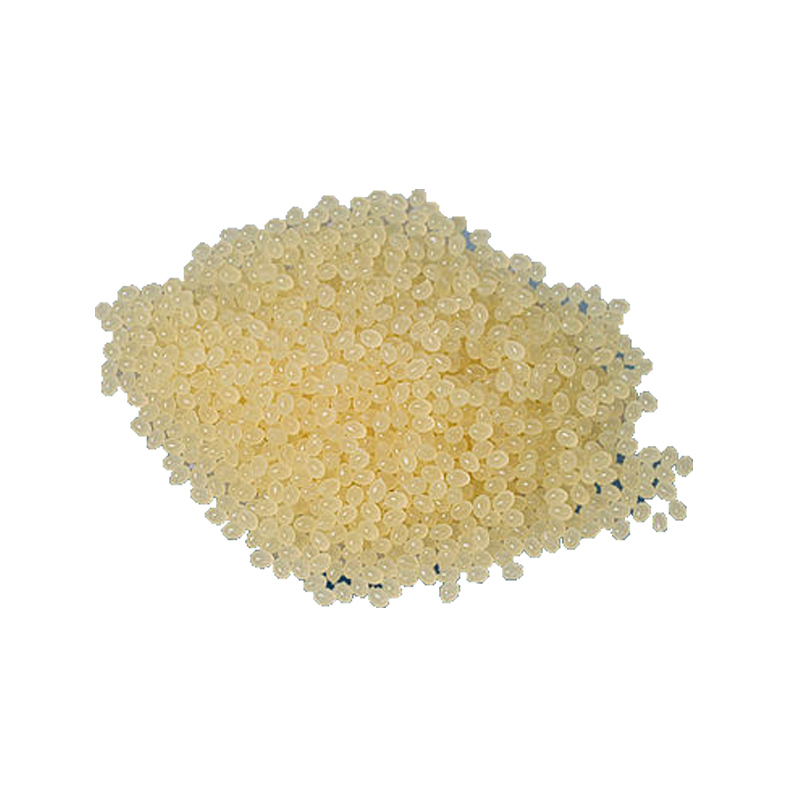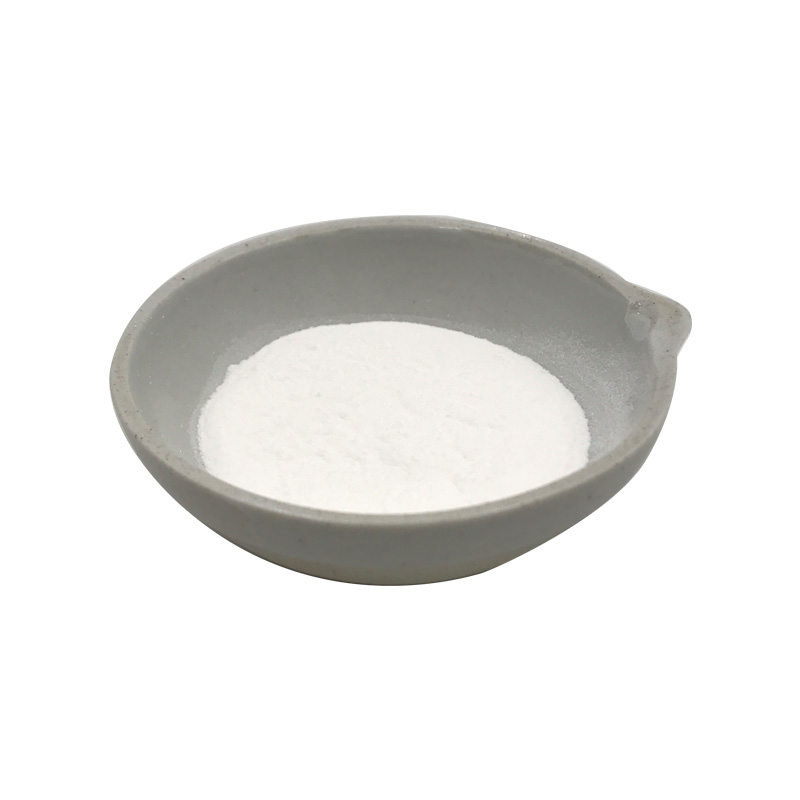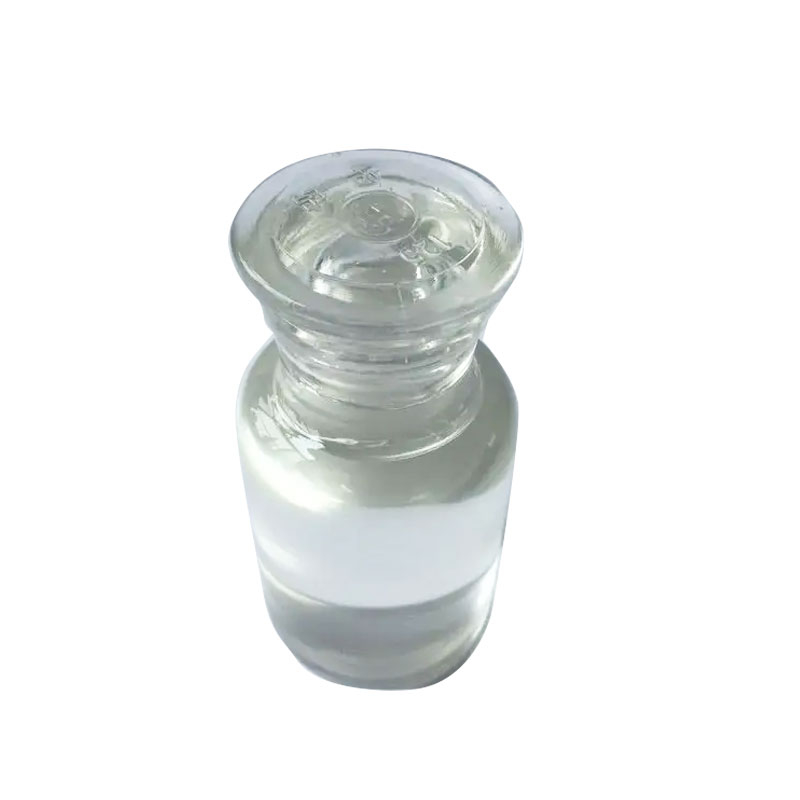Acetic acid formula CAS#64-19-7Product Overview:Glacial acetic acid, scientifically known as ethanoic acid, is a colorless, corrosive liquid that plays a pivotal role in various industrial processes. With the chemical formula CH₃COOH and the unique identifier CAS#64-19-7, it is a versatile compound that is widely recognized for its effectiveness in a multitude of applications.Market Relevance:In the dynamic industrial sector, the demand for high-quality chemicals is ever-increasing.
Contact Now
Products Description of Calcium gluconate CAS#299-28-5Calcium gluconate is the calcium salt of gluconic acid. It is a white crystalline or granular powder with a melting point of 201°C.
Contact Now
Products Description of 4'-Chloroacetophenone CAS#99-91-2Chloroacetophenone is an organic compound with the molecular formula C8H7ClO. It is a white liquid at room temperature. Insoluble in water, soluble in organic solvents.
Contact Now
Products Description of Tetrahydro-4H-pyran-4-one CAS#29943-42-8Tetrahydropyranone, also known as tetrahydropyran-4-one, is a chemical substance with the molecular formula C5H8O2.Tetrahydro-4H-pyran-4-one Chemical PropertiesBoiling point 166-166.5 °C (lit.)density 1.084 g/mL at 25 °C (lit.)refractive index n20/D 1.452(lit.)Fp 134 °Fstorage temp. Inert atmosphere,Room Temperatureform Liquidcolor Clear colorless to pale yellowWater Solubility MISCIBLEBRN 106463InChIKeyJMJRYTGVHCAYCT-UHFFFAOYSA-NCAS DataBase Reference29943-42-8(CAS
Contact Now
POLY(METHYLSTYRENE-CO-INDENE) CAS#69430-35-9It has good thermal stability and chemical stability, and is not prone to chemical reactions under normal conditions. However, under extreme conditions such as high temperature, strong acid, and strong alkali, its chemical structure may be affected to a certain extent.
Contact Now
Products Description of POLY(METHYLSILSESQUIOXANE) CAS#68554-70-1White powderPOLY(METHYLSILSESQUIOXANE) Chemical Propertiesdensity 1,08 g/cm3refractive index 1.42Fp >121°Csolubility Insoluble in water.form SolidSpecific Gravity1.08color Clear. White.EPA Substance Registry SystemSilsesquioxanes, Me (68554-70-1)Safety InformationRisk Statements 36/37/38Safety Statements 26-36/37/39TSCA YesFactory and Equipment ShowFast delivery timeInventory 2-3 working days New production 7-10 working days
Contact Now
Products Description of 1,2,3-1H-Triazole CAS#288-36-8Crystallization.
Contact Now
Products Description of Ethyl butylacetylaminopropionate CAS#52304-36-6Mosquito repellent, also known as ethyl butyl acetylaminopropionate, BAAPE, IR3535, and Imonin, is a plasticizer and a broad-spectrum, highly effective, low-toxic insect repellent.Ethyl butylacetylaminopropionate Chemical PropertiesMelting point <-20°Boiling point bp0.2 108-110°; bp0.5 126-127°density 0.987±0.06 g/cm3(Predicted)refractive index nD20 1.452-1.455Fp 318°F (159°C)storage temp. Sealed in dry,Room Temperaturesolubility Acetonitrile (Slightly), Chloroform (Slightly), Ethy
Contact Now
Products Description of POTASSIUM TITANATE CAS#12030-97-6Potassium titanate is a white solid with a relative density of 3.1 and a melting point of 1515°C.
Contact Now
Products Description of Levulinic acid CAS#123-76-2Levulinic acid is an organic compound with the molecular formula C5H8O3. Easily soluble in water and some organic solvents, but insoluble in gasoline, kerosene, turpentine and carbon tetrachloride. It hardly decomposes under normal pressure distillation.
Contact Now
Methyltriphenylphosphonium iodide Chemical PropertiesMelting point 183-185 °C(lit.)storage temp. Keep in dark place,Inert atmosphere,Room temperaturesolubility Chloroform (Slightly), Methanol (Slightly)form Powdercolor White to light yellowWater Solubility SOLUBLESensitive Light Sensitive & HygroscopicInChIInChI=1S/C19H18P.HI/c1-20(17-11-5-2-6-12-17,18-13-7-3-8-14-18)19-15-9-4-10-16-19;/h2-16H,1H3;1H/q+1;/p-1InChIKeyJNMIXMFEVJHFNY-UHFFFAOYSA-MSMILES[P+](C)(C1=CC=CC=C1)(C1=CC=CC=C1)C1=CC=CC=C1.[I-]CAS DataBase Reference2065-66-9(CAS DataBase Reference
Contact Now
Products Description of Thiourea CAS#62-56-6Thiourea, English name: Thiourea, white bright bitter crystal, soluble in cold water, ethanol, slightly soluble in ether, easily deliquescent in the air, and transforms into ammonium thiocyanate at 150°C. It has reducing properties and can reduce free iodine to iodide ions. Thiourea is highly reactive and is used to prepare various compounds.
Contact Now
Products Description of 1,3-Propanediol CAS#504-63-21,3-Propanediol (PDO) is mainly used to produce a new type of polyester, polytrimethylene terephthalate (PTT).
Contact Now
Products Description of Microcrystalline cellulose CAS#9004-34-6Microcrystalline cellulose (MCC) is the product of natural cellulose hydrolyzed to the ultimate degree of polymerization by acid. It is white or nearly white in color, odorless and tasteless, and its particle size is generally about 2 to 80 μm. It has the advantages of low density, high modulus, renewable, biodegradable, and wide sources.
Contact Now
Products Description of 3,4-Dimethoxythiophene CAS#51792-34-83,4-Dimethoxythiophene is an organic compound with the molecular formula C6H8O2S.3,4-Dimethoxythiophene Chemical PropertiesBoiling point 100-102 °C/10-11 mmHgdensity 1.209 g/mL at 25 °Crefractive index 1.5409Fp 224 ºFstorage temp. -20°Cform powder to lump to clear liquidcolor White or Colorless to YellowWater Solubility Miscible with organic solvents.
Contact Now
Products Description of Chromium(III) fluoride CAS#7788-97-8Chromium trifluoride, also known as chromium trifluoride, is an inorganic compound with the chemical formula CrF3. It is mainly used as a mothproofing agent for wool fabrics, a halogenation catalyst, a marble hardener and a colorant.On October 27, 2017, the World Health Organization's International Agency for Research on Cancer published a preliminary list of carcinogens for reference.
Contact Now
Products Description of Direct Pigment Red 122 CAS#980-26-7Pigment Red 122 is an all-around pink, it belongs to Quinacridone chemistry, application covers all kinds of polymers. Comparable with Clariant Pink E and E 01. P.R.122 has higher tinting strength than pigment violet 19, it is with excellent resistance to immigration and heat stability. PR 122 dissolves in its medium and changes color accordingly at low concentrations.
Contact Now
Basic Red 51 CAS#12270-25-6It is a monoazo compound with the chemical name 4 -((1, 3-dimethylimidazole-1-onium-2-diazo)-N, n-dimethylaniline chloride, Or 2 -((4 -(dimethylamino) phenyl) azo)-1, 3-dimethyl-1h-imidazolium chloride, usually a blue to dark purple powder, sometimes may appear lumps.Product Name:Basic Red 51Synonyms:BASIC RED 51;C.I.
Contact Now
Products Description of CALAMINE CAS#8011-96-9Calamine is also known as Lugan Stone, Gan Stone, Lugan Stone, Sheep Liver Stone, Fushui Gan Stone, Luyan Stone, and Dry Stone. It is an irregular block, flat or round, of varying sizes, with a white or light red surface, depressions or small holes, and powdery. It is light and loose, fragile, white or light red in cross section, granular, and has small pores, and is hygroscopic.Calamine is an ore of the carbonate mineral smithsonite. Calamine tastes sweet, flat, warm, and non-toxic.
Contact Now
Products Description of Crystal Violet CAS#548-62-9Gentian violet, also known as crystal violet and basic violet 3, is a commonly used artificial basic dye along with methyl green, neutral red, methylene blue, safranin, hematoxylin, malachite green, methyl violet and basic fuchsin. The dye index number is CIBasicViolet3(42555). It belongs to the triaminotriphenylmethane compound. It has the appearance of dark green powder or flaky crystals with bronze luster.
Contact Now
Products Description of Vitamin B12 CAS#68-19-9Vitamin B12, referred to as VB12, also known as cobalamin, is one of the B vitamins. It is a type of cobalt-containing corrin-type complex organic compound. The trivalent cobalt contained is located in the center of the corrin ring plane similar to porphyrin. It is the largest and most complex vitamin molecule discovered so far, and it is also the only vitamin containing metal ions. Its crystal is red, so it is also called Chemicalbook red vitamin.Plants do not contain VB12 and cannot produce VB12.
Contact Now
Products Description of Titanocene dichloride CAS#1271-19-8Titanocene dichloride is an organic titanium compound with the chemical formula (η5-C5H5)2TiCl2, often written as Cp2TiCl2. This metallocene is a common reagent in organometallic chemistry and organic synthesis. It is a bright red solid that slowly hydrolyzes in the air.Cp2TiCl2 does not form a "sandwich" structure like ferrocene. Because its four ligands surround a metal center, it forms a tetrahedral structure.
Contact Now
Products Description of Bilirubin CAS#635-65-4This product is mainly derived from the reduction product of heme in hemoglobin through a series of catabolism after the disintegration of aging red blood cells. It is golden yellow or dark reddish brown monoclinic crystal, odorless and tasteless. Soluble in organic solvents such as benzene, chloroform and carbon disulfide; also soluble in hot mixture of ethanol and chloroform; sodium salt is easily soluble in water, but calcium salt, magnesium salt and barium salt are insoluble in water.
Contact Now
Products Description of N,N-Diethyl-p-phenylenediamine sulfate CAS#6283-63-2White or light red crystals. Soluble in water, slightly soluble in alcohol. Easily oxidized to pink.
Contact Now

































